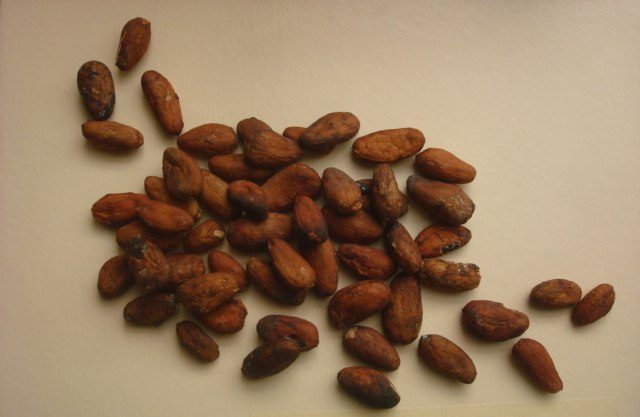Global cocoa rates rallied slightly on March 12, 2025 to $8,137.28 a tonne but are still nursing recent price lows over surplus projections.
Earlier on March 10, the cocoa price had finally bowed down to its lowest point since December 2024, at $8,100 a tonne.
The slump followed a 2024-25 surplus projection of 142,000 tonnes on February 28, 2025 by the International Cocoa Organization (ICCO).
Although this is the first surplus estimate since 2020, it still did not budge cocoa prices back to pre-2024 averages.
Prospects of rain in West Africa have also added significant pressure on prices but haven’t landed a killing blow.
One of these rainy places is Ghana, whose improving weather prospects are being hindered by rot disease. Hence, the Cocoa Board of Ghana (Cocobod) slashed the 2024-25 production to 617,500 tonnes on December 2024 after an earlier prediction of 700,000 tonnes.
Market Factors Bearish on Cocoa Rates
Market direction however favors a continuous cooling of prices due to improving exports and expanding import market inventories.
In the first instance, Nigeria reported in end February 2025 that its January exports surged by 27% annually to 46,970 tonnes.
Besides, the Intercontinental Exchange (ICE)-tracked cocoa inventories in American harbors were significantly up to 1,578,902 bags on March 13, 2025.
Also adding pressure on prices is the cocoa product niche. The world’s chocolate giants are saying that recent high prices have killed demand.
Executives at Hershey projected on February 18 that candy prices could surge 50% if there is no raw material price relief.
While chocolate normally follows cocoa bean pricing patterns, companies sometimes hamper this pattern by switching to cocoa alternatives. The protective move could also raise cocoa reserves further as grindings for chocolate fall, pressuring bean prices.
The temporary ease of the global cocoa rates since March 10 over surplus projections could therefore point to the sector’s future direction. To understand how surplus affects the price, skim the historical quantity versus price statistics below.
Surplus Versus Cocoa Price Statistics
Cocoa price volatility is a production surplus and deficit thing, a pattern that has played out time and again since the turn of the millennium. For example between 2002 and 2012, daily prices of cocoa changed rapidly due to production swings of between -10% an +18%. After 2007 through 2009, the price fell during the global economic crisis. The timing fueled low grindings at between 2 and 8% growth per year. Then in the decade ending early 2025, the surplus and deficit patterns continued, with deficit ruling the price since 2024. The data below, courtesy of the International Cocoa Organization (ICCO) reveals more:
2002-12: the daily price range in the decade since 2002 were as little as $1,361 and as high as $3,370 a tonne. The worst price of the period occured in May 2004 at $1,361 a tonne due to a surplus of 290,000 tonnes. The biggest deficit year of the period was 2009-10, which brought a price of over $3,000 a tonne.
2014-2025: meanwhile, volatility returned in the decade ending 2025 due to, especially production deficits late in the period. While a tonne of cocoa was $3,060 per tonne average in 2014, it had hit $6,900 in 2024. While 2014 had a surplus of 10.6% year-on-year, 2024 had a deficit of 478,000 tonnes in December. The latest estimate of February 2025 shows a surplus of 142,000 tonnes.
